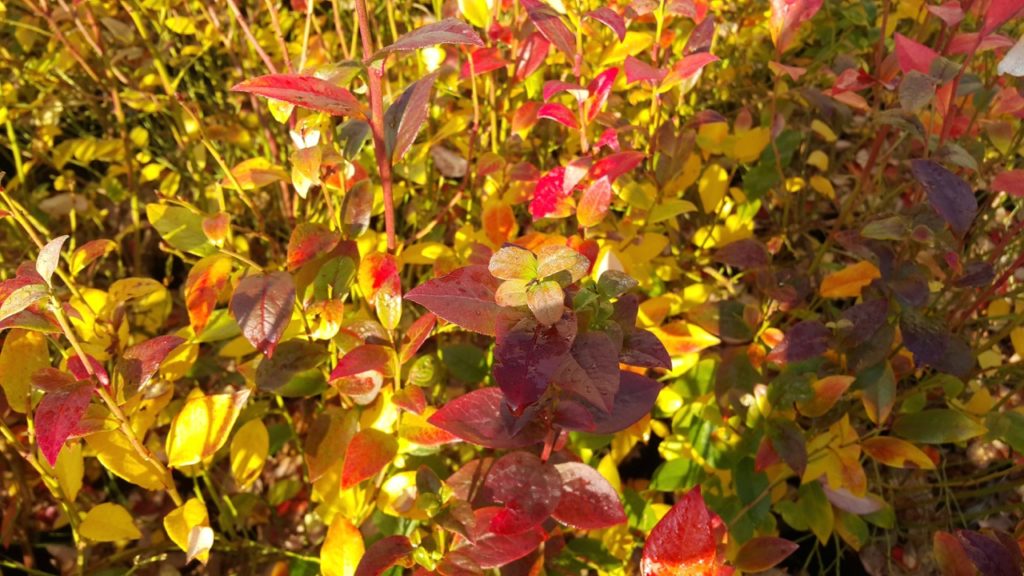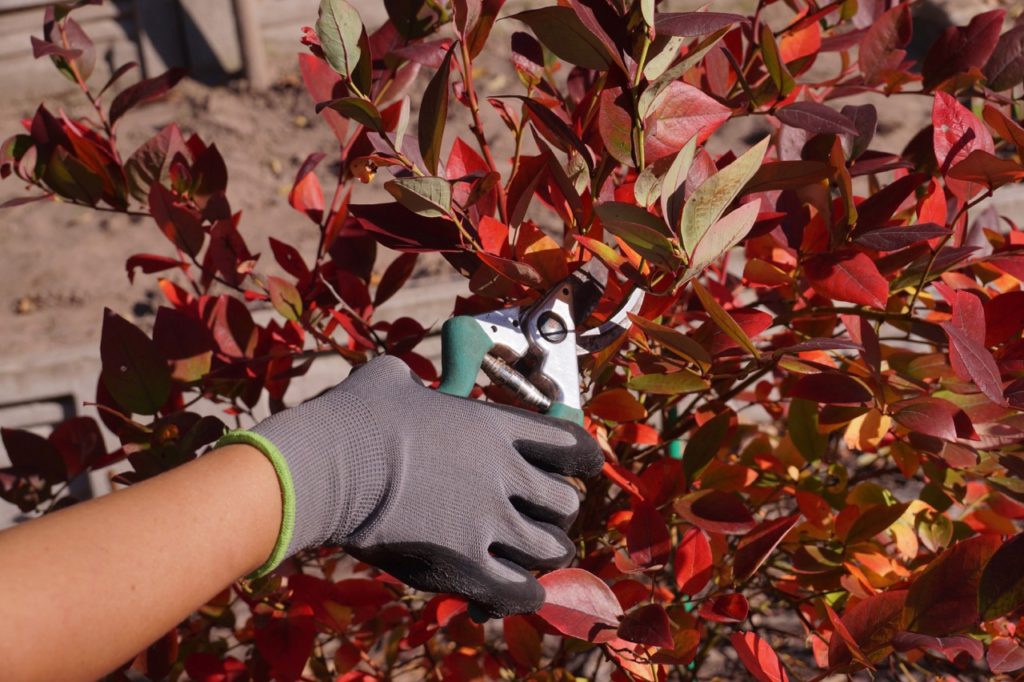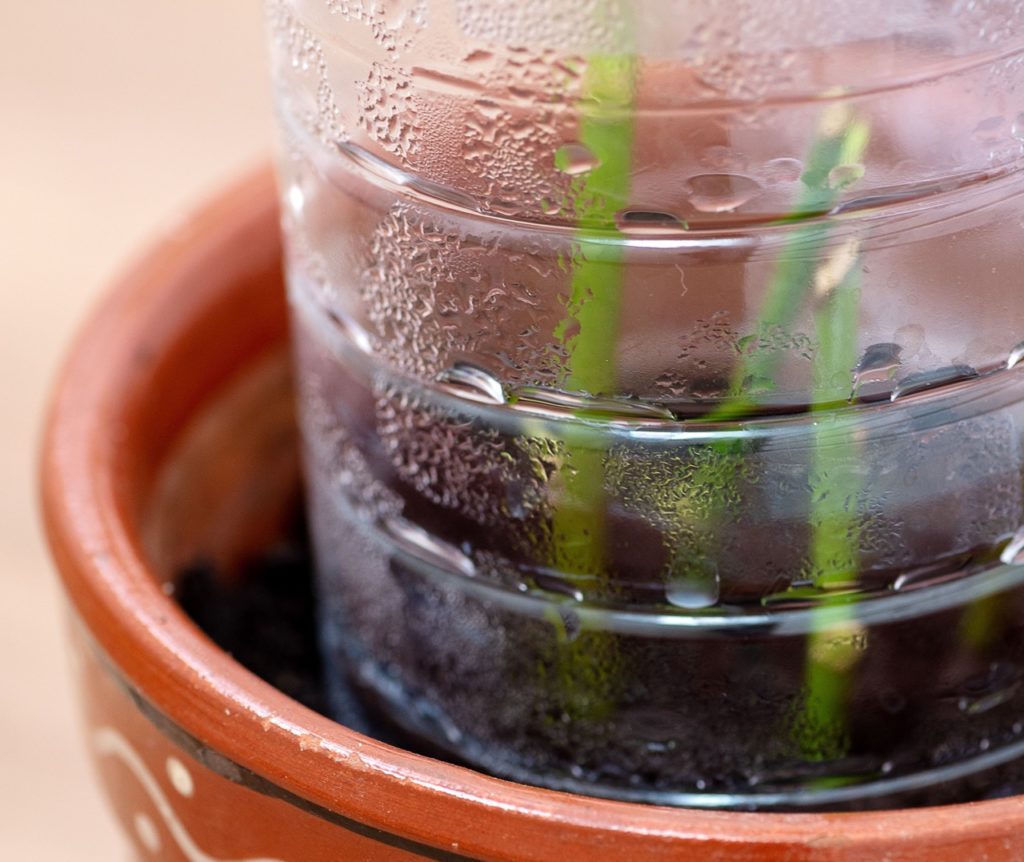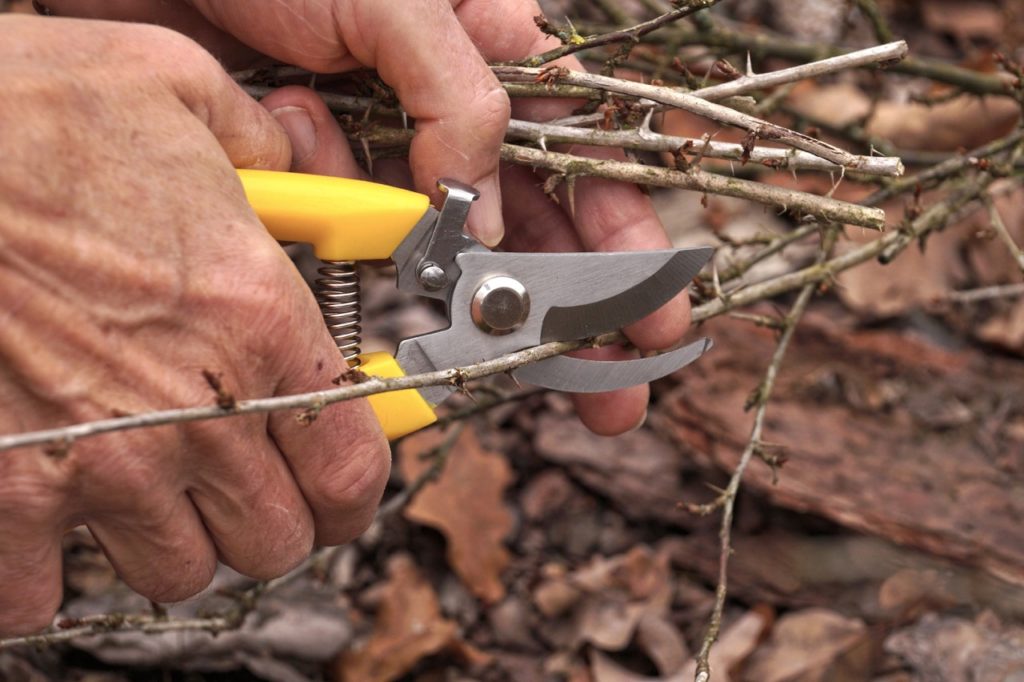You Can Propagate New Blueberry Shrubs By Using Softwood Or Semi-Hardwood Cuttings

Reviewed By COLIN SKELLY

Colin is a Horticulturist and Horticultural Consultant with experience in a range of practical and managerial roles across heritage, commercial and public horticulture. He holds the Royal Horticultural Society’s Master of Horticulture award and has a particular interest in horticultural ecology and naturalistic planting for habitat and climate resilience.
BLUEBERRY GUIDES
Container Growing
Cuttings Propagation
Feeding
Harvesting
Pruning
Repotting
Varieties
Winter Care
A blueberry bush is among the most rewarding shrubs you can grow.
It starts putting out buds in early spring and these bloom into delightful white or pink flowers by late spring.
A side-attraction is all those bees and butterflies that are drawn to the bush.
When summer begins, your blueberry bush will be overflowing with flowers and, by the time it ends, you can pick mouth-watering blueberries that are then followed by a beautiful foliage show.
Blueberry bushes can be propagated from cuttings without difficulty in two different ways:
- By taking softwood cuttings from a blueberry bush in May.
- By taking semi-hardwood cuttings in July.
These methods are explained in depth below.
| Difficulty | Medium |
| Equipment Required | Gardening gloves, pruning shears, secateurs, polythene bag |
| When To Propagate | May or July (depending on the method) |
When To Take Blueberry Cuttings
The popular cultivars, which are commonly deciduous, can be propagated from softwood cuttings in late spring or semi-hardwood cuttings in July, though the former method is certainly the one I would recommend.

This is because spring is the prime season for starting new plants and softwood cuttings have more vitality and rooting potential than other kinds of cuttings.
However, evergreen varieties take much more reliably from semi-hardwood cuttings that are collected in the middle of summer.
1) Softwood Cuttings
Regardless of the method, a day or two before you intend to take the cutting, prepare a small pot with a mix of 1/3 perlite or grit, 1/3 ericaceous compost and 1/3 peat moss.
The pot should have drainage holes.
On a sunny morning in May, inspect your blueberry bush for a fresh green shoot that is over 12cm in length.
It should have young leaves and no flowering buds.
Shoots nearer the top of the bush are preferred.

Cut a length of 10-12cm off this shoot, making the cut just below a leaf node.
Allow the 3-4 uppermost leaves to remain on the shoot and pluck off all the rest.
Dip the base of the cutting about 4cm deep in rooting hormone powder.
Alternatively, dip it in the tried-and-true combination of powdered cinnamon and (preferably herbal) honey.
Make a hole with a dibber or pencil in the prepared pot and insert the cutting about 4cm deep.
Carefully pat down the medium and water it thoroughly with stored rainwater.

Do not use untreated tap water.
Put the pot where it will get several hours of indirect or filtered sunlight in a spot that is not too cold – normal room temperature is fine, as Master Horticulturist Colin Skelly explains:
“I use the bottom shelf of the bench in my greenhouse for new softwood and sem-hardwood cuttings.
“I find that this provides the benefit of the warmth of the greenhouse whilst providing some shade from the pots above to prevent heat stress in full sun.”
You can help the cutting along by putting a perforated polythene bag loosely over it to simulate humid conditions.
To ensure the bag does not rest on the cutting, insert 3 canes at equal distances at the edges of the pot.

Fasten the polythene bag by sticking the opening of the bag to the sides of the pot with 4 pieces of tape.
Water the cutting every day with rainwater.
If you have to use tap water, you should determine its pH level and acidify it as needed.
Take off the polythene bag every day for about 20 minutes.
If the cutting begins to bend, carefully insert a firm twig or even a pencil near the cutting so that it can lean against the support, but do not tie the cutting to it.
From this point on, you just have to be patient.

Blueberry cuttings take root in about 8 weeks, but you may not even know it until about 12 weeks, which is when vegetation buds may form.
If the cutting has not shrivelled and if the original leaves are still attached, your cutting will someday become a blueberry bush.
As soon as you spot vegetative buds, remove the polythene bag.
Slowly decrease the amount and frequency of watering and gradually increase exposure to sunlight.
After the cutting has sprouted several leaves and has branched well, it should be re-potted.
2) Semi-Hardwood Cuttings
On a clear July morning, look over your blueberry shrub for a branch that is from the ongoing year’s growth, is turning brown and is hardening along its lower part.
It should not have flowers or fruit.
Remove this branch as if you are pruning it.

Cut this branch further from its base so that the cutting is 12-14cm long, making the incision just below a leaf node.
Remove all the leaves except for the uppermost 2-3 leaves.
The remainder of the steps are just as outlined above in the first method.

